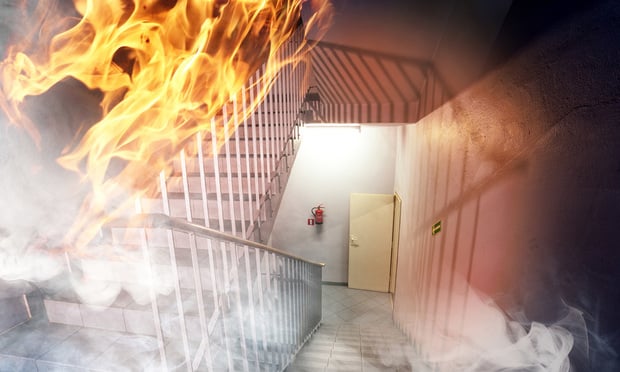 Adjusters need to realize that on a molecular level, any structure affected by fire or smoke may not be able to be totally sanitized. Furthermore, there are certain types of combustion byproducts in the air we breathe as well as chemicals and gases that current deodorization processes may have little to no effect. (Credit: ambrozinio/Shutterstock)
Adjusters need to realize that on a molecular level, any structure affected by fire or smoke may not be able to be totally sanitized. Furthermore, there are certain types of combustion byproducts in the air we breathe as well as chemicals and gases that current deodorization processes may have little to no effect. (Credit: ambrozinio/Shutterstock)
During a structure fire, heat and pressurized smoke can permeate the air, infiltrating walls, ceiling cavities, attic spaces and anywhere air can travel. After the fire is extinguished, porous materials begin the process of off-gassing and releasing volatile organic compounds (VOCs). These odors can last for years if the affected materials are not properly cleaned, deodorized, encapsulated or replaced.
Recommended For You
Want to continue reading?
Become a Free PropertyCasualty360 Digital Reader
Your access to unlimited PropertyCasualty360 content isn’t changing.
Once you are an ALM digital member, you’ll receive:
- Breaking insurance news and analysis, on-site and via our newsletters and custom alerts
- Weekly Insurance Speak podcast featuring exclusive interviews with industry leaders
- Educational webcasts, white papers, and ebooks from industry thought leaders
- Critical converage of the employee benefits and financial advisory markets on our other ALM sites, BenefitsPRO and ThinkAdvisor
Already have an account? Sign In Now
© 2025 ALM Global, LLC, All Rights Reserved. Request academic re-use from www.copyright.com. All other uses, submit a request to [email protected]. For more information visit Asset & Logo Licensing.





